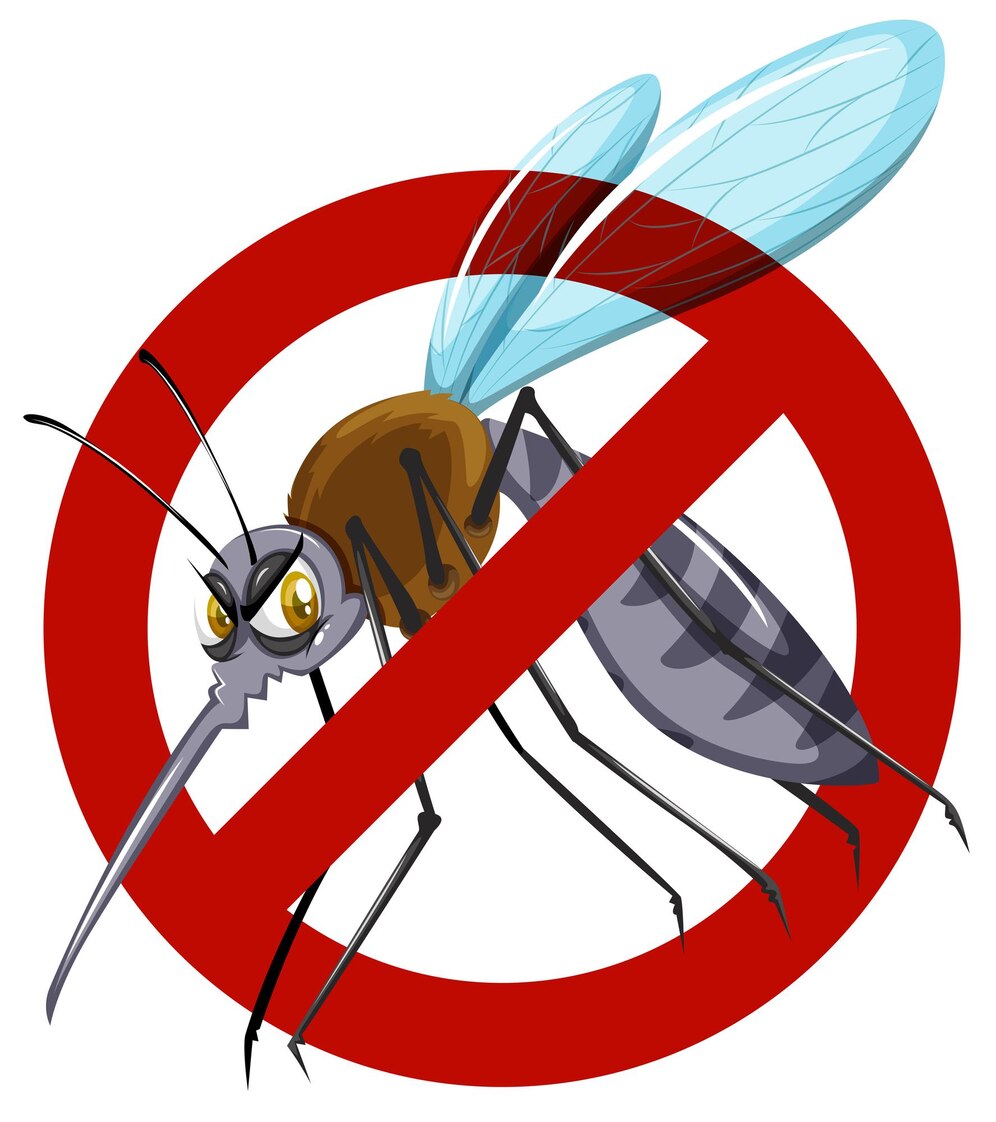Overview
Dengue fever is a mosquito-borne illness caused by one of four dengue viruses, transmitted primarily by Aedes mosquitoes.
It is a significant public health concern worldwide, especially in tropical and subtropical regions, affecting millions annually.
Symptoms
Common Symptoms include high fever, headache, muscle and joint pain, nausea, vomiting, and a rash.
Severe Dengue can lead to hemorrhagic fever, characterized by severe bleeding, shock, and potentially death.
Causes and Transmission
Aedes Mosquitoes are the primary vectors of dengue fever and can bite multiple individuals, increasing the risk of widespread infection.
Mosquitoes need standing water to breed, so eliminating such sites is crucial for prevention.
Risk Factors
- Climate Change
Changes in weather patterns are altering traditional dengue seasons and expanding its geographic reach.
- Travel and Migration
Increases the risk of introducing dengue into new areas.
Prevention and Control Strategies
- Insect Repellents such as DEET, picaridin, or oil of lemon eucalyptus can help prevent bites
- Clothing: Wear protective clothing like long sleeves and pants.
- Screening: Ensure windows and doors have screens to prevent mosquito entry.
- Environmental Control:
Regularly empty containers that can hold water.
- Community Involvement: Engage communities in mosquito control efforts, such as clean-up campaigns and awareness programs.
- Public Health Initiatives:
Regular public education to promote understanding of dengue symptoms and prevention methods through public messaging.
Encourage early health seeking behavior to prevent deterioration or complications among dengue patients.



